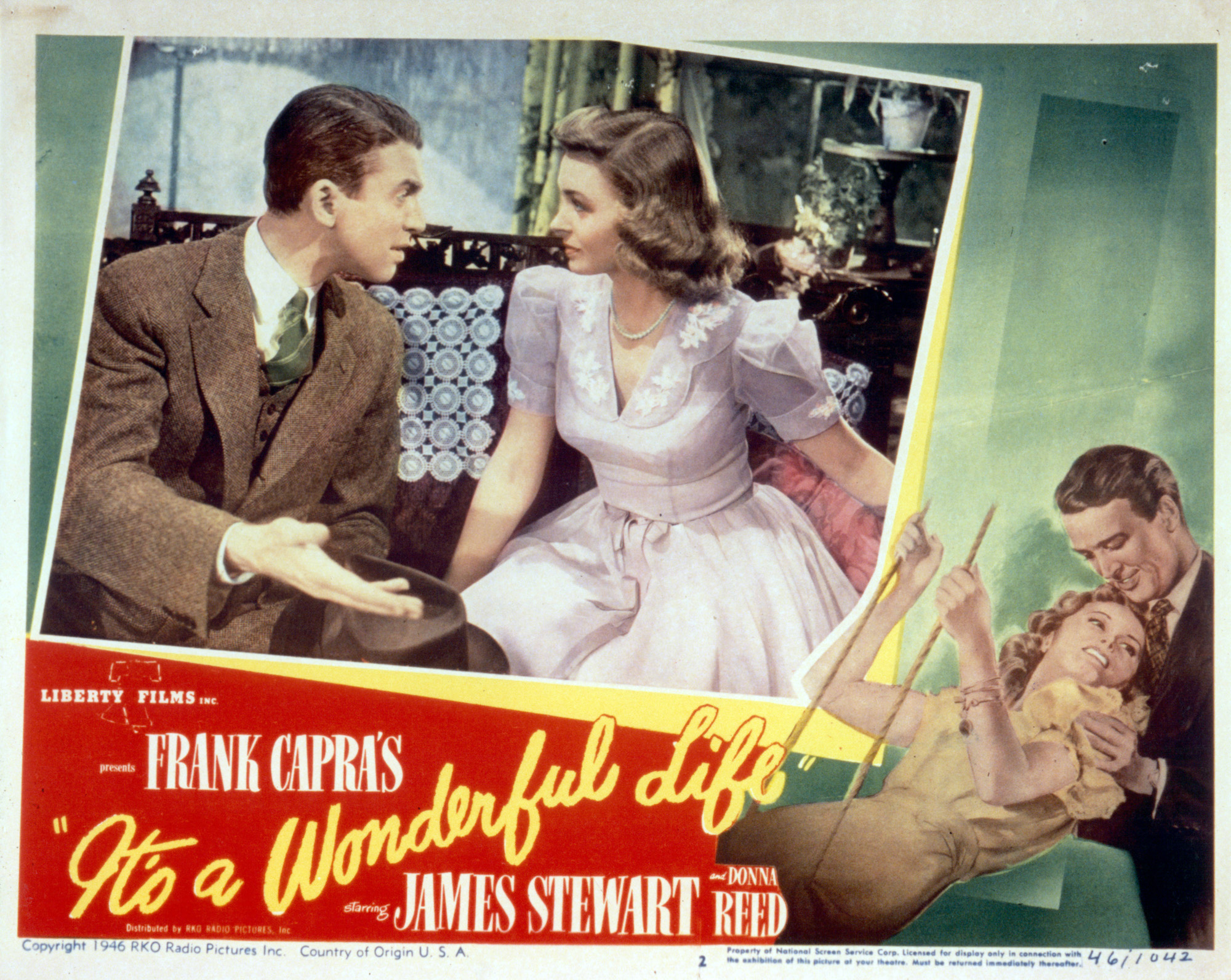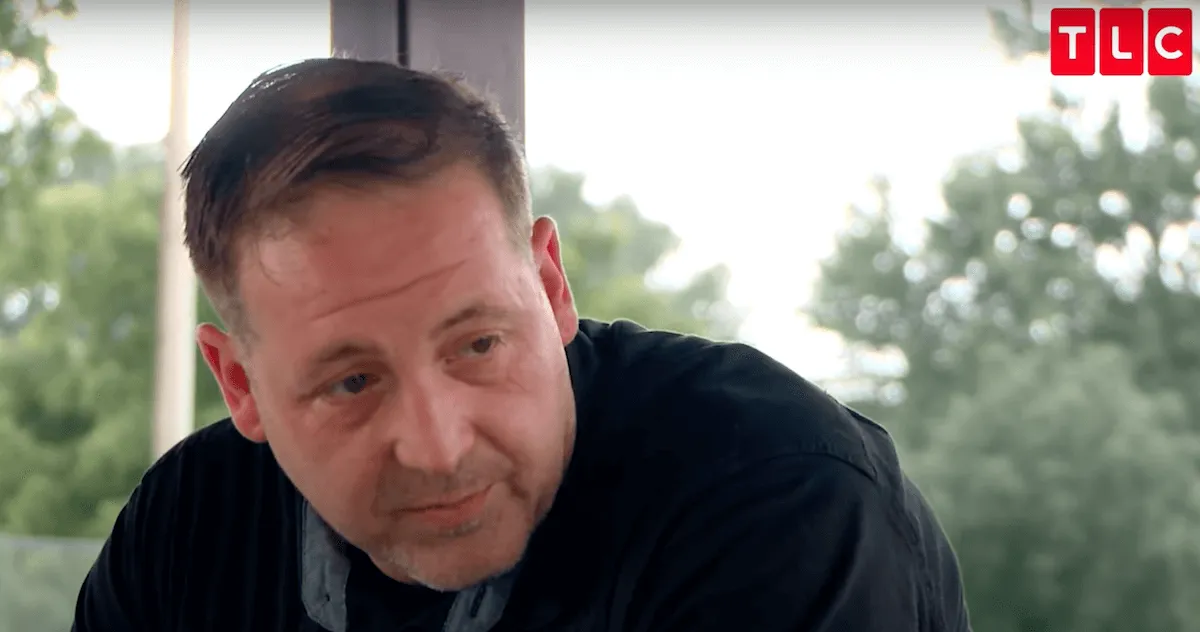‘It’s a Wonderful Life’: Director Frank Capra Invented a New Artificial Snow While Filming in July
It’s a Wonderful Life is an absolute classic. The movie aired in 1946, but it is still referenced in pop culture today. Many have seen it, and those who don’t at least know about it. It’s a Wonderful Life was groundbreaking in a lot of ways. Most fans don’t know it was groundbreaking when it came to making snow.

The Christmas classic had a lot of snow, but most people don’t realize that the fake snow used in It’s a Wonderful Life was made using a completely new method developed by Frank Capra, the film’s director.
Fake snow was complicated before ‘It’s a Wonderful Life’
Before It’s a Wonderful Life, revolutionized fake snow, filmmakers used a lot of different methods to create snow onscreen. According to Smithsonian Magazine, early fake snow was made of cotton, but that turned out to be quite the fire hazard.
Then, filmmakers turned to edible material, like sugar or salt. Cornflakes were a popular choice at the time. Directors would have the cereal painted white, and then drop it from over the set to make it seem like snow falling on the scene.
Cornflakes had an unwanted side effect, though. The falling flakes made a lot of noise on set. Any scene with falling snow and dialogue was a no-go. The sounds from the falling cornflakes drown out the actors’ voices.
Directors had to dub over scenes with falling snow if they were using cornflakes for the white stuff. Unfortunately, some directors chose to use asbestos, according to Gizmodo, which is now known to cause mesothelioma.
Frank Capra’s method of making fake snow was a Hollywood game changer
Capra’s snow was safe, soundless, and most importantly, acted like real snow. The director took the substance from fire extinguishers and mixed it with soap flakes and sugar water. The substance inside fire extinguishers, known as foamite, acted a lot like real snow. When mixed with Capra’s other ingredients, actors could leave footprints in it, just like the real stuff.
It’s a Wonderful Life has far outlasted most of the movies of its day. But it didn’t take home the Oscar for Best Picture, or any Oscar for that matter. Capra’s masterpiece lost out to a movie called The Best Years of Our Lives, which has mostly been forgotten by history.
But Capra and his special effects team did win an award for their new fake snow. Today, Seneca Falls, the inspiration behind the setting in It’s a Wonderful Life, is home to a museum dedicated to the movie. There’s even a festival to celebrate the film each December.
Hollywood weather is harder than it looks
Filmmakers have to create a lot of weather. Snow may be one of the easier ones to make, especially after Capra’s invention. According to Business Insider, modern-day special effects masters still need to make fake snow. Although films can count on computer animation for snow, fog, and rain, other performances need special effects. Broadway musicals still need weather, and that weather almost always has to be faked.
Rain is easy to fake. Rain bars are relatively easy to come by. Fog just requires a fog machine. For fake snow, special effects masters are still occasionally using a substance similar to Capra’s fake snow. Although sometimes producers opt for paper or plastic flakes, a soap-like substance is still employed today for more realistic snow.
Although it may not be identical to Capra’s invention, it is clearly inspired by him. After all, his foamite snow used soap flakes as an ingredient. Modern-day fake snow is likely the natural evolution of the same fake snow invented for It’s a Wonderful Life.


